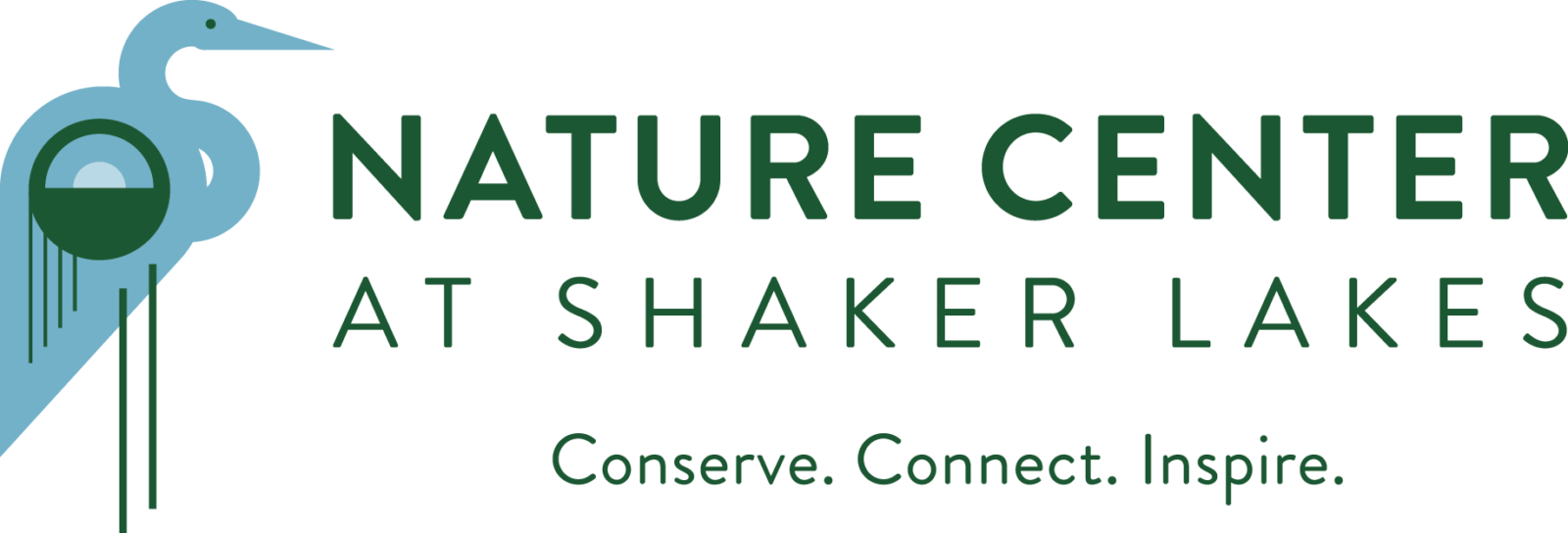Don’t Squirm! We’re Learning with Worms!

Lisa Golba
Early Childhood Environmental Educator
May 7, 2020
“We must teach our children to smell the Earth, to taste the rain, to touch the wind, to see things grow, to hear the sun rise and night fall- to care.” -John Cleal
My job at the Nature Center at Shaker Lakes is to open the eyes and mind to the wonders of the natural world around us from the smallest living thing to the largest and understand that each plays an important role outside. During a typical day, I am outside with kids in the stream collecting animals, getting our hands dirty digging in the dirt, and watching squirrels chase each other. When a child says, “This was awesome!” at the end of the adventure, I know I’ve done my job.
Although the Nature Center provides programming for people of all ages, the majority of my time is spent connecting young children (ages 3-5 years old) with nature. I visit 22 Head Start classrooms in the Cleveland area throughout the year delivering different programs, activities, and explorations each time. By the end of the year, I’ve seen each of these 350 children four times and have worked with their teachers to share lesson plans and resources to use in their classrooms for years to come. The Nature Center at Shaker Lakes and CEOGC (Head Start) has had a relationship for over 10 years to continue to connect children to nature at an early age.
I have seen children grow during my visits throughout the year with their excitement and curiosity towards nature. One of my favorite memories was when I took the kids out on a worm hunt to dig for worms with spoons in the spring. Never have I seen kids so excited to get their hands dirty and picking up worms with sounds of excitement and surprise. A boy next to me asked, “Miss Lisa, can I use my hands to dig?” It makes me excited to see a child understand that it’s okay to get a little dirty–that’s what soap and water are for! Six months later, I visited their classroom in the fall. When that same child saw me, the first thing he said was, “Can we go on a worm hunt again?” It made my day to see how something so simple can leave such a lasting memory.
To create similar memories with your family and friends, I recommend trying a worm hunt for yourself!

Materials:
- Trowel or plastic spoons
- Container for collecting
- Crayons and paper
- Ruler
- Spray bottle of water or some water nearby
- Magnifying lens
Lead Your Own Worm Hunt:
Important note while looking or handling worms: add a little spray of water as they need moisture to survive!
- Find a place with open soil (preferably moist) to dig for worms.
- Dig with a tool (trowel, plastic spoons) to find worms.
- Collect worms in containers.
After Collecting:
- Watch how they move
- Try to measure the worm (the shortest and longest)
- Draw and color a worm
Worm Activities, crafts, and resources:
Danielle’s Place: Worm Crafts and Activities
Wonderful, Wiggly Worms
Diary of a Worm by Doreen Cronin
Watch the following videos to connect yourselves to all the different life we share this great place called Earth, our home.
Lisa Golba is the Early Childhood Environmental Educator at the Nature Center of Shaker Lakes in Cleveland, Ohio. She has been teaching children about nature for over 14 years.
